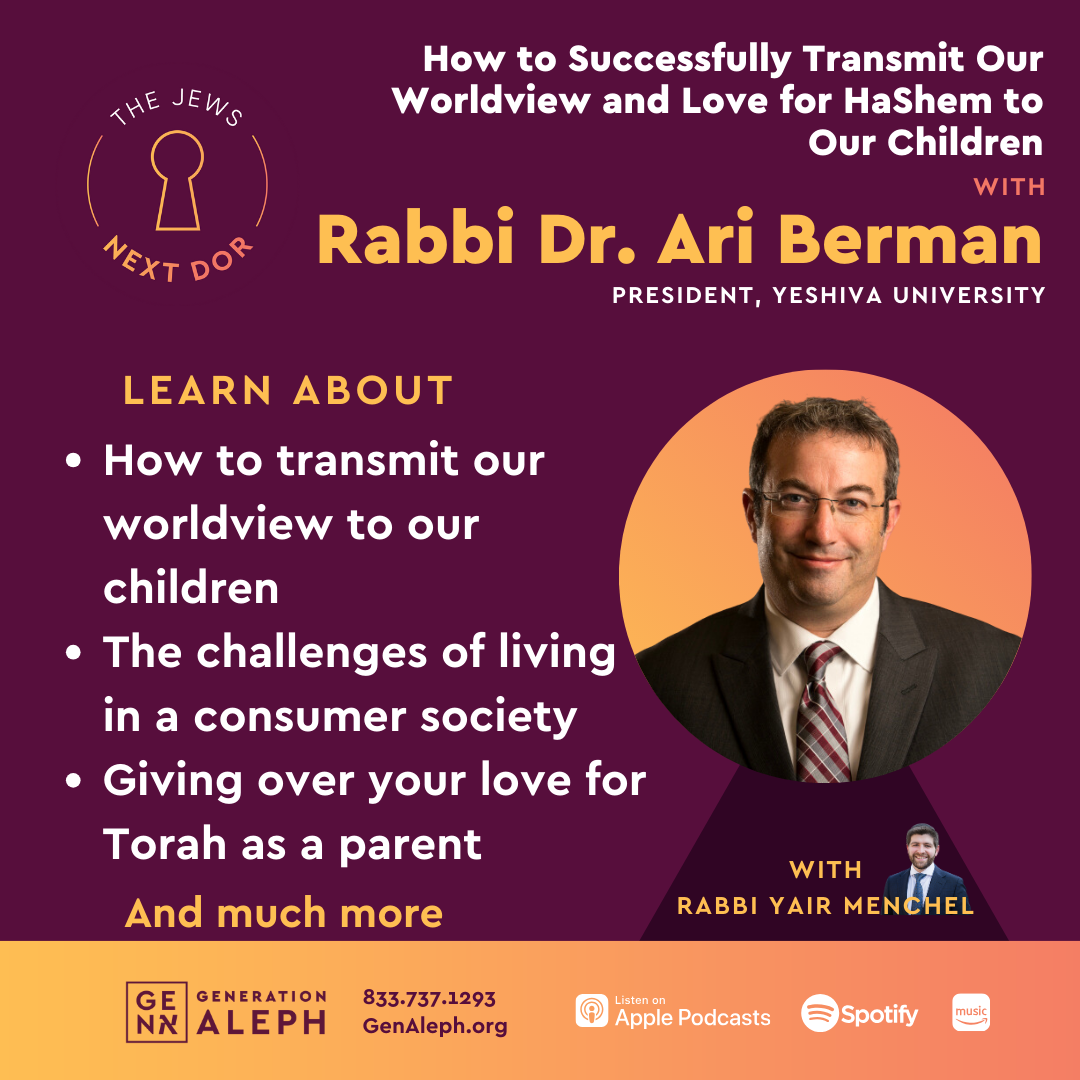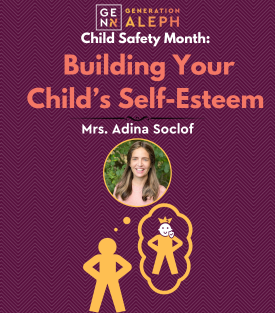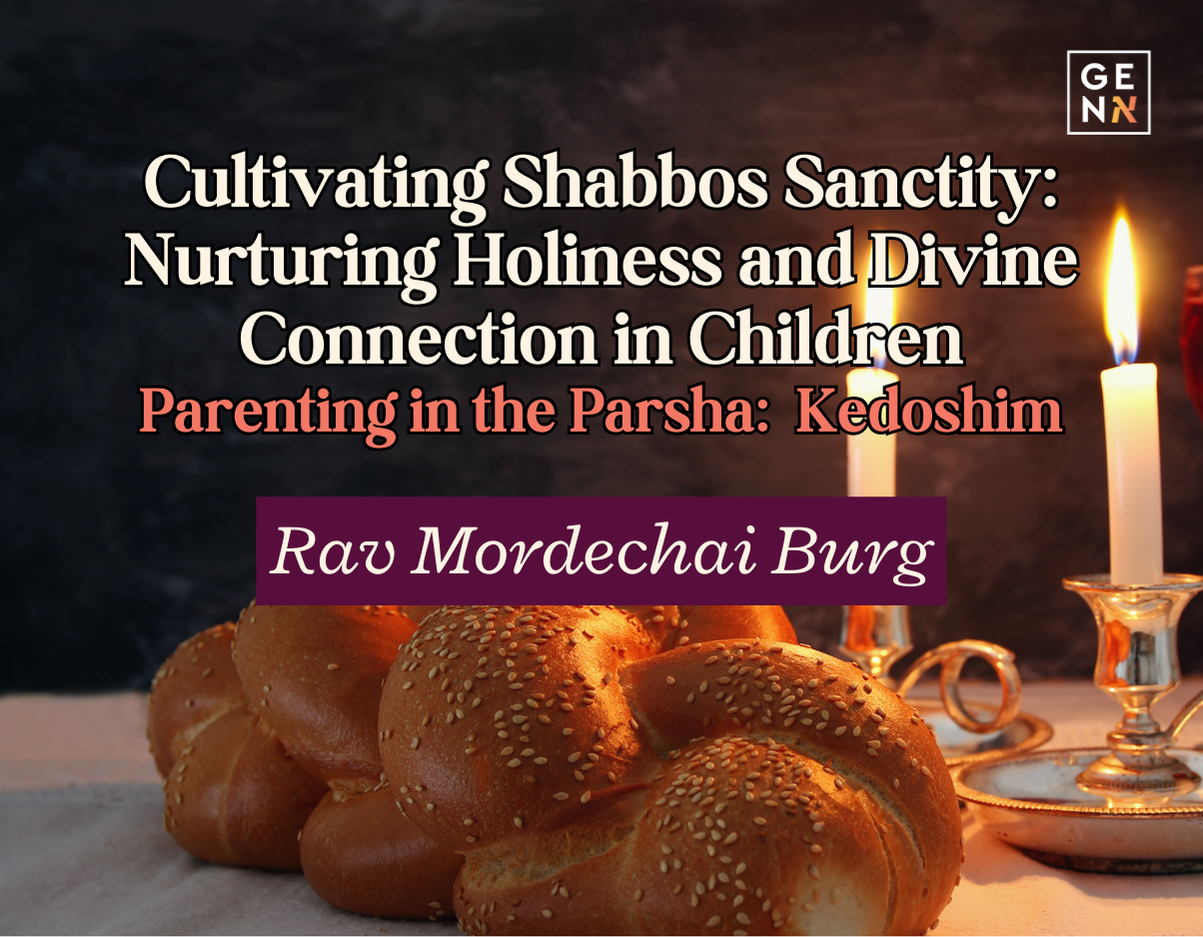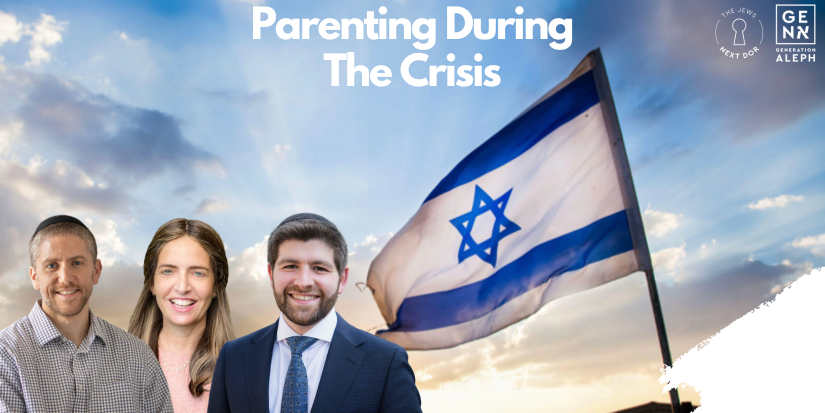וַיְהִ֗י מְאַת֙ כִּכַּ֣ר הַכֶּ֔סֶף לָצֶ֗קֶת אֵ֚ת אַדְנֵ֣י הַקֹּ֔דֶשׁ וְאֵ֖ת אַדְנֵ֣י הַפָּרֹ֑כֶת מְאַ֧ת אֲדָנִ֛ים לִמְאַ֥ת הַכִּכָּ֖ר כִּכָּ֥ר לָאָֽדֶן: וְאֶת־הָאֶ֜לֶף וּשְׁבַ֤ע הַמֵּאוֹת֙ וַֽחֲמִשָּׁ֣ה וְשִׁבְעִ֔ים עָשָׂ֥ה וָוִ֖ים לָֽעַמּוּדִ֑ים וְצִפָּ֥ה רָֽאשֵׁיהֶ֖ם וְחִשַּׁ֥ק אֹתָֽם:
One hundred talents of the silver were used for casting the sockets of the Holy and the sockets of the dividing curtain; one hundred sockets out of one hundred talents, one talent for each socket. And out of the one thousand seven hundred and seventy five [shekels] he made hooks for the pillars, and he covered their tops and banded them.(Shemos 38:27-28)
As the construction of the Mishkan draws to a close, Moshe Rabbeinu provides a complete accounting of all the materials used in the building process. Chazal (Medrash Tanchuma, Pekudei 4) explains that Moshe was accused by the scoffers of Klal Yisrael of misusing the monies that were collected for the Mishkan for his own personal use.They said, “Look how fat his neck is and how fat his thighs are. He is using the money from the Temple to buy expensive and fattening food and drinks. He is using the money of the Temple coffers to do these things and everything that he has, has been purchased from the money that the Jews donated.” In response Moshe provided a full accounting of all the gold, silver and copper that was used but 1775 shekels were still missing. Ultimately Hashem illuminated his eyes and Moshe found the missing 1775 shekalim in the Vavim, the hooks that were used in the Mishkan.
As we consider this Medrash several questions arise:
Why do the scoffers of Klal Yisrael accuse Moshe of having a fat neck and fat thighs? Since they are contending that Moshe was stealing the money to buy expensive food and drink we would have thought they would have accused him of having a large stomach. What are Chazal expressing in using this imagery?
As anyone in a position of leadership can tell you, people scoff. We do not need to respond to every ridiculous accusation. Often, ignoring such people is the wisest course of action. And yet, this accusation cut so deeply that Hashem Himself revealed to Moshe where the missing funds were used.
The Beis HaMikdash is the bridge between Heaven and earth. Yaakov Avinu, at the site of the future Makom HaMikdash dreams of a ladder where angels ascend to Heaven and descend to earth. In Kabbalistic literature, the Beis HaMikdash is compared to the neck. Just as the neck connects the head and the heart, the Beis HaMikdash connects Heaven and earth. When Yosef and Binyamin reunite they cry on each other’s necks. The simple explanation is that their tears were a function of their time apart but Rashi explains that they were crying over the destruction of the Mishkan and the Beis HaMikdash in respective territories. Why would Rashi, who always follows the simplest explanation of the Passuk, offer such a unique explanation? The Torah does not merely say that they were crying but that they were crying on each other’s necks. Chazal, with their exceptional sensitivity to each and every letter in the Torah, understood that the addition of the word neck was a reference to the Beis HaMikdash.
With this in mind we can understand why the scoffers of Klal Yisrael said that Moshe had a fat neck and fat thighs and why their accusation was taken so seriously. This is not simply a group of people who are accusing Moshe of dishonesty. They are arguing that because of Moshe’s dishonesty, the Mishkan is not a bridge between Shomayim and Aretz. The claim that Moshe has a fat neck indicates that the Mishkan, as represented by the neck) is not a vehicle for bringing Godliness down into this world (represented by the fat thighs). This was not only an attack on Moshe Rabbeinu but on the Mishkan itself and therefore required a meaningful response not only from Moshe Rabbeinu but even from Hashem Himself. In order for the Mishkan to serve as a bridge between man and God the 1775 Shekalim needed to be accounted for.
Every aspect of our body is represented by a letter in Lashon HaKodesh. The neck, the connector between the head and the heart, is represented by the letter Vav (which means and), because it connects two words in a sentence. The Beis HaMikdash is therefore represented by both the neck and the letter Vav. In making an accounting of the materials of the Mishkan, Moshe Rabbeinu was showing how every single detail of the Mishkan was used to bridge the material and the spiritual world. Hashem shows Moshe that the missing 1775 Shekalim were used for the Vavei HaAmudim, the hooks on the pillars that held up the curtains in the Mishkan. The pillars represent the straight line of Infinite light that God sent into the vacuum of space to create the world. The Vavim, the hooks, represent the connection between the Infinite light and the curtains of the Mishkan that mask God’s Infinite light in this world. In other words, one could argue that the missing 1775 Shekalim were found in one of the most important parts of the Mishkan. If the Mishkan represents the bridge (the neck/Vav) between Heaven (the Amudim) and Earth (the curtains that conceal Hashem in this world), the Vavim (hooks) represent the actual point of connection. When Hashem showed Moshe the 1775 Shekalim in the Vavei HaAmudim he was showing Moshe the actual space where Shomayim and Aretz meet.
Still we are bothered, why couldn’t Moshe account for this money? Moshe Rabbeinu was able to understand how every single detail in the Mishkan was used to bridge the gap between man and God but somehow the Vavei HaAmudim eluded him? And of what significance is it that the exact money that was missing is the exact point of connection between Shomayim and Aretz?
Every single Jew contributed a half a shekel to the building of the Mishkan. 603,550 half shekalim were donated in total. 600,000 half shekalim equals 300,000 whole Shekalim which Rashi explains is 100 talents of silver. Put differently, the 100 talents of silver that Moshe Rabbeinu found in the books represents 600,000 Jews. These are the Jews that Moshe Rabbeinu can account for. Observant Jews that are readily understandable. 1775 full Shekalim equals 3550 half Shekalim. These are the missing Jews. The “off the Derech” Jews. These are the Jews that Moshe Rabbeinu could not understand. He could not account for them. In what way do they contribute to the Mishkan? What role do these non-observant Jews play in making our world a dwelling place for Hashem? The answer to this question could only be answered by Hashem Himself and the answer is mind blowing. These unaccounted for “OTD” Jews are the exact point of connection between Shomayim and Aretz! As the Vavei HaAmudim, they more than any other are the letter Vav!
Once again, we remain bothered. Why couldn’t Moshe Rabbeinu see that even those Jews who are not observant play a critical role in bringing Hashem down into this world? After all, this is Moshe Rabbeinu we are speaking about. Moshe Rabbeinu is a Neshoma Klalit, a general Neshoma who contained within himself the Neshomas of every single Jew. How could it be that he could not understand the role of a Jew in this world?
The world is made of light and vessels. Think of light as energy and vessels as the containers that bring that energy into reality. For example, starting a business requires both light and vessels. The inspiration to start the business is the light but without the appropriate vessels (the physical details that every business requires) the energy will not become a reality. On the other hand, one could have the best vessels in the world – the nicest office, the best computers etc… but without the necessary light, the business itself, there is nothing to fill the vessels. Some people have a beautiful balance of light and vessels. They have the energy, the inspiration and the passion and they know how to contain their energy into the appropriate vessels to bring themselves into the world. Others can be all vessels and no light. They can be diligent, focused, studious etc.. but they have no zest for life. Exceptional vessels but very little light. In contrast, some people are all light and no vessels. They have incredible energy but they do not know how to focus that energy into the appropriate vessels.
To be an observant Jew requires light and vessels. Going to Minyan, dedicating time daily to learning, shutting off and tuning in to Shabbos, devoting ourselves to the needs of the community etc.. requires having both energy and discipline. We tend to think of “off the Derech” children as people who may have strong vessels but little light. They seem to have no desire to Daven or learn or keep Shabbos etc.. but the Tzaddikim explain that in truth it is just the opposite. These children have an extraordinary amount of light; it just appears to us that they have no light because the light is so intense that they do not know how to channel it into vessels that can contain its enormity. It is not that they don’t want to keep Shabbos, they have trouble keeping Shabbos because the magnitude of their light requires appropriate vessels to contain that light. When a child says, “Shabbos is so boring. Davening is just saying words. I don’t find Gemara to be relevant to my life etc…” It is our responsibility to interpret these communications correctly. These are children who are crying out for an inspiring Shabbos. Real communication with Hashem. A Torah that he can incorporate into his life. The Tzaddikim tell us that Moshe Rabbeinu could not account for these Jews not because of their darkness but because the intensity of their light was blinding.
I spent some time this week speaking with parents whose children are either no longer observant or are heading in that direction. These were painful conversations but I was inspired by the love that these parents expressed for their children. Each parent, without exception, was able to articulate the positive attributes that their children possess. Some parents expressed their fears and concerns that their child simply did not want to be observant. They wondered what place their children have within our community. What will they do with their lives? It is our responsibility to communicate to parents and children alike that the ultimate connection between shomayim and Aretz, between man and God, is found in the space of disconnection. Moshe Rabbeinu may not have been able to account for these Jews but he did not stop searching until Hashem Himself showed him the answer and we must do the same. Every child in our community must be accounted for. Every child must have a place where their light is allowed to shine. Without our struggling children we will never be able to fulfill God’s mission to make our world into a dwelling place for Hashem.
Submit your questions
"*" indicates required fields











